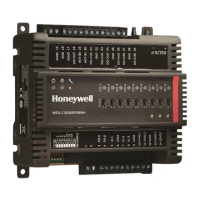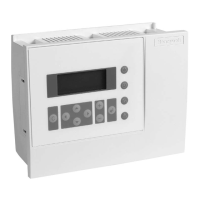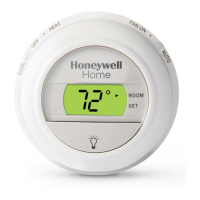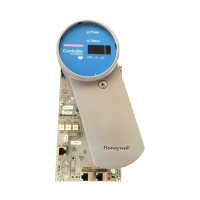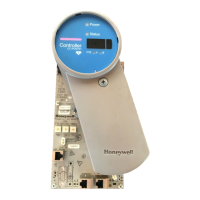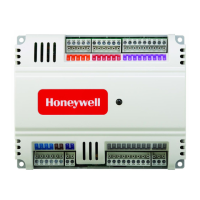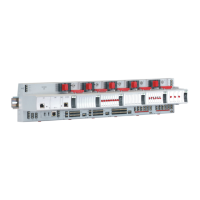CIPer
TM
MODEL 50 CONTROLLER – INSTALLATION AND COMMISSIONING INSTRUCTIONS
Field Devices
Depending on the distance from the controller, field devices can be supplied with power by the same
transformer used for the Panel Bus I/O Modules, or by a separate transformer, using cables as specified in
Table 22.
Table 22. Power / communication cable specifications
328 ft (100 m) (Figure 27) Power
supply via Panel Bus I/O Module
1312 ft (400 m) (Figure 26) Power
supply via a separate transformer
not allowed for >328 ft (100 m)
28 – 14 AWG (0.081 – 2.08 mm
2
)
For wiring field devices, see section “Powering Panel Bus I/O Models and Field Devices".
Routing Cables to Field Devices
Route low-voltage signal and output cables to field devices separately from mains cables.
Table 23. Minimum distances to power mains cables
All low-voltage signal and output cables should be regarded as communication circuits in accordance with
VDE 0100 and VDE 0800 (or NEC or other equivalent).
• If the general guidelines for cable routing are observed, it is not necessary to shield field device signal and
power supply cables.
• If for whatever reason, the routing guidelines cannot be observed, the field device signal and power supply
cables must be shielded.
– Shielding of cables leading to field devices must be grounded only at one end.
– Do not connect the shield to the CIPer Model 50 controller.

